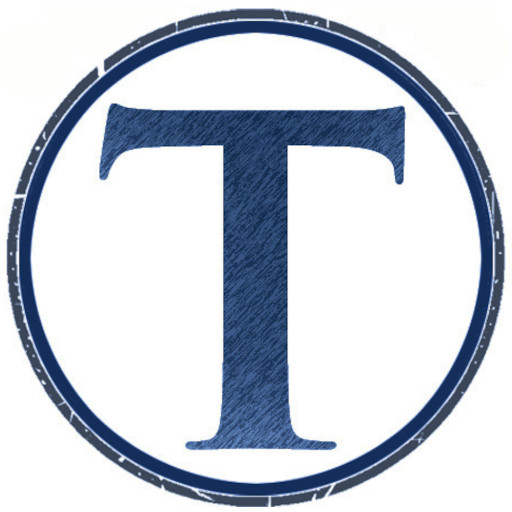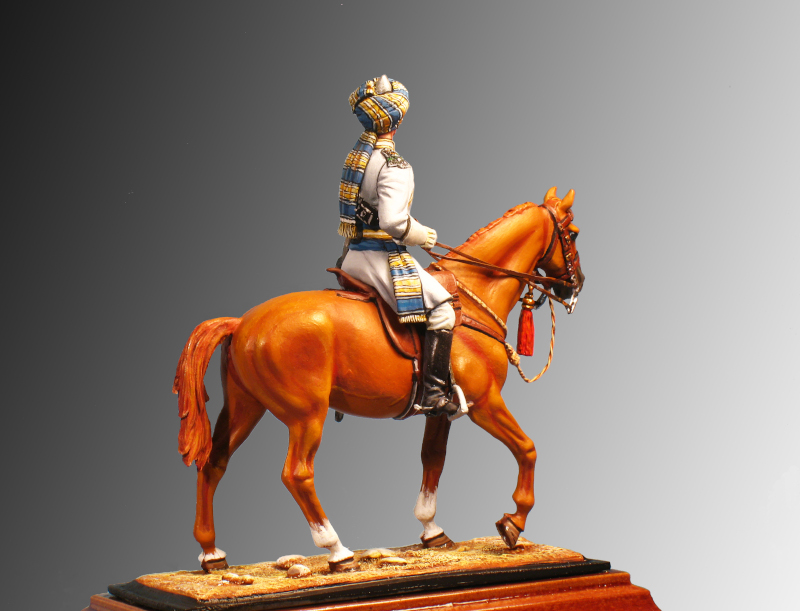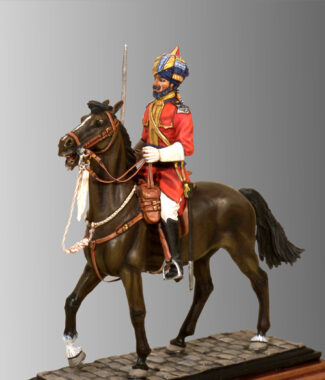You must be logged in to post a review.
17th CAVALRY. BRITISH OFFICER – 1914.
€65.00
Figure to assemble and paint
Ref.: 6 – PCA
Weight: 250 grs.
Material: White Metal
Number of Pieces: 18
Historical Review:
Raised in 1857 as Muttra Horse, then changed to Muttra Police Corps.
1858 – Rohilkhand Auxiliary Police Levy, also known as ‘Robart’s Horse’
1861 – 17th Regiment of Bengal Cavalry.
Disbanded 1882
Re-raised 1885 – 17th Regiment of Bengal Cavalry.
1900 – 17th Regiment of Bengal Lancers.
1901 – 17th Bengal Lancers.
1903 – 17th cavalry.
After the reforms of 1921, it amalgamated with the 37th Lancers (Baluch Horse) to form the 17th/37th Lancers.
One year later, in 1922, he became the 15th Lancers.
In 1940 it became the 1st Indian Armoured Corps Centre (amalgamated with the 15th Lancers and 12th Cavalry), which was disbanded in 1941.
After India’s independence in 1947, the regiment was transferred to the Pakistan Army. In 1955, it was re-formed under its original name of the 15th Lancers.
Battle Honours: Afghanistan 1879-80, Afghanistan 1919.
Composition: (1901) Punjabi Muhammadans and Pathans.
The 17th Regiment re-raised in 1885 had a dark blue uniform with white facings and gold lace. Characteristic of the Regiment was the very light blue colour of the kummerband and lungui, with dark blue, silver and gold stripes. The kula was white with silver trimming. The officers’ uniform remained unchanged between 1897 and 1914, according to illustrations of the period, except for the belt, which changed when the regiment changed from light cavalry to lancers in 1900. Despite this regulation the earlier uniforms continued to be worn.
The 17th Regiment was the only regiment in India to have a mounted pipe band (eight pipers), a kettle-drumer and a duffadar as band leader. Photos of the period show that the cloth of the drummer was embroidered with a crescent moon, a star and the letters “B.C” (Bengal Cavalry) in silver thread on the regimental blue cloth.
R. G. Harris in his book Bengal Cavalry Regiments 1857 – 1914 (Edit. Martin Windrow -Men-at-arms-series- OSPREY MILITARY) mentions a photo with a group of British officers, dated in 1922, quoting: “The photo dated 1922 shows most of the uniforms in use just prior to amalgamation, but these would have been identical with those worn up to 1914, and may be worth closer study”. We quote them below:
1. Undress
2. Normal Mess-Dress
3. Khaki Service-dress
4. Review-order in white hot-weather dress.
5. Review-order blue Lancers dress.
6. Drill-order khaki (Indian uniform).
7. Field service-order khaki (Indian uniform).
8. Review-order in blue (Indian uniform).
9. Review-order in white hot-weather dress (Indian uniform).
10. Drill-order in blue kurta (Indian uniform).
The figure shows a British officer in Review-order in white hot-weather dress (Indian uniform), which would correspond to number 9 in the list above.








Reviews
There are no reviews yet.